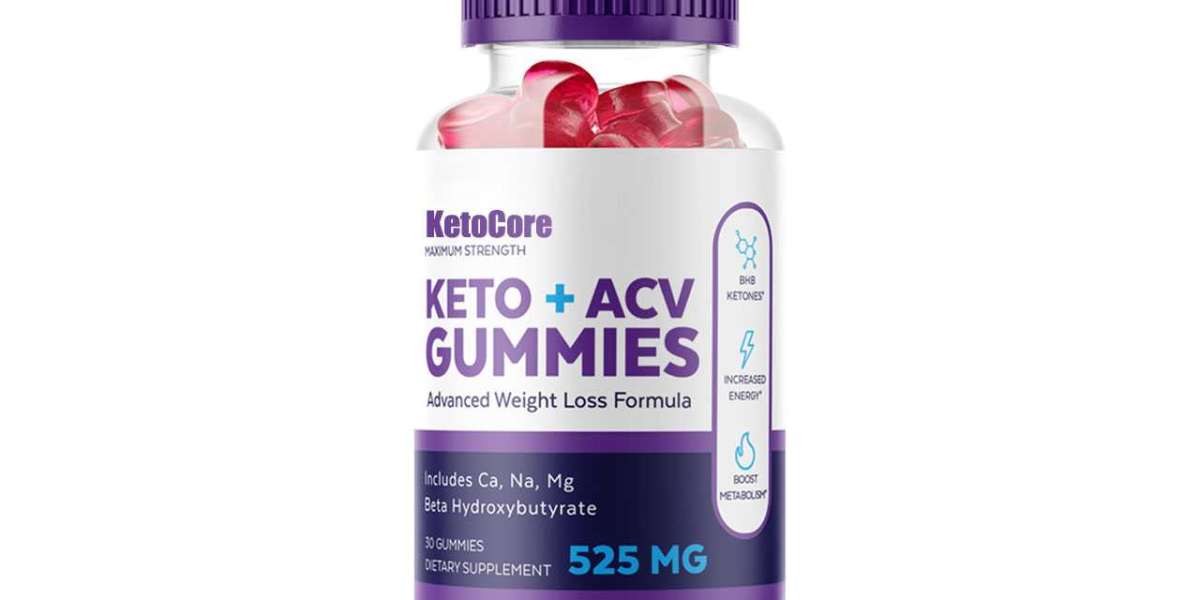The human body is a complex machine, and when it comes to maintaining its wellness, it’s not just about nutrition and exercise. The body’s fascial system – a web of connective tissues that envelops muscles, organs, and bones – plays a crucial role in overall health and mobility. When these fascial tissues tighten due to stress, injury, or poor posture, it can result in pain and restricted movement. Myofascial Release Therapy, administered by a myofascial massage expert, offers a solution to these challenges. Here are some important facts about this unique therapeutic approach.
1. Understanding Myofascial Release Therapy
Myofascial release therapy is a hands-on physical therapy that targets the fascia. A myofascial massage expert uses gentle, sustained pressure to release tension in the fascia, easing pain and restoring range of motion.
2. Why is it Needed?
The fascia can tighten due to various reasons – physical trauma, inflammation, surgical procedures, or even emotional stress. Tight fascia can create pressure on muscles and joints, leading to pain, restricted movement, and potentially contributing to a cycle of injury and pain.
3. Who is it for?
Almost anyone can benefit from myofascial release therapy. It can be particularly beneficial for people with chronic pain conditions, fibromyalgia, migraines, or those recovering from injuries. Athletes often use it to maintain flexibility and improve performance. Even N
4. Benefits of Myofascial Release Therapy
Aside from pain relief and increased mobility, myofascial release therapy can have other positive effects. It can improve blood circulation, lymphatic drainage, and enhance body awareness – the ability to sense the body’s position, movement, and balance. This kind of therapy may also support stress management by helping to release physical manifestations of emotional stress.
Noelle McKenzie, a New York based personal trainer, co-owns a personal training company with more than a decade of experience in the fitness industry, also suggests that getting a myofascial massage on a regular basis can help athletes’ muscle recovery, resulting in better performance.
5. Myofascial Massage Expert’s Role
A myofascial massage expert is a trained professional who understands the complex web of fascia and the right techniques to relieve fascial tension. They use hands-on techniques to stretch and manipulate the fascia, targeting areas of stiffness and pain. An experienced practitioner can make a significant difference in the effectiveness of the therapy.
6. What to Expect During a Session
A myofascial release session usually lasts about an hour. The client may be asked to perform certain movements while the therapist applies gentle pressure to specific areas. Each session is unique and tailored to the individual’s needs. The therapy is usually not painful, and many people find it relaxing.
7. Aftercare
After a session, it’s common to feel some soreness similar to what you might experience after exercise. Drinking plenty of water, rest, and gentle stretching can help ease this. You may also notice improved movement and reduced pain immediately or within a day or two of your session.
8. Number of Sessions Required
The number of sessions required varies based on individual needs. Some may experience significant improvement after one session, while others with chronic conditions may need ongoing treatments. Your myofascial massage expert will develop a treatment plan tailored to your specific condition and wellness goals.
9. Self-Myofascial Release
While a trained myofascial massage expert offers the best results, self-myofascial release is also an option. Tools like foam rollers or massage balls can be used at home to maintain the benefits of the therapy. However, self-release should ideally be guided by a professional initially to ensure correct technique.
10. Complementary Therapy
Myofascial release therapy is often used in conjunction with other treatment modalities such as physical therapy, yoga, acupuncture or other forms of relaxation therapy. This integrative approach can lead to more comprehensive treatment outcomes. So, if you happen to have a few fitness goals that you’d like to hit this year, let a massage therapist know so that they can come up with a great plan for you.
Myofascial release therapy, under the guidance of a myofascial massage expert, can unlock a new level of wellness by targeting the often-overlooked fascial system. As more people seek out holistic and integrative approaches to health, understanding the facts about this powerful therapy is a step toward more balanced, pain-free living. Always consult with a health professional before starting any new treatment to ensure it’s right for your specific needs and conditions. And, do make sure you tell the massage expert about any health issues that you might have before starting the session, so that they can avoid causing harm.
Source: dstvportal.com








